
Regeneron’s monoclonal antibodies, casirivimab and imdevimab (REGEN-COV), reduced risk of death by 20% in patients hospitalized with COVID-19 who had not mounted their own immune response.

Regeneron’s monoclonal antibodies, casirivimab and imdevimab (REGEN-COV), reduced risk of death by 20% in patients hospitalized with COVID-19 who had not mounted their own immune response.
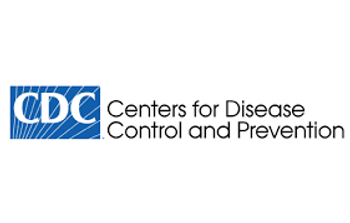
This mutation also known as B.1.617.2, and first discovered in India is making its way westward and is an emerging infection in the US.
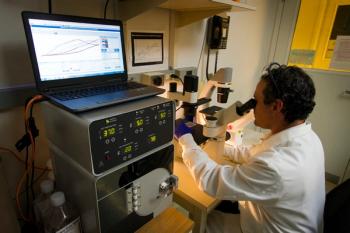
The EKG showed a negative predictive value of 99.2%.
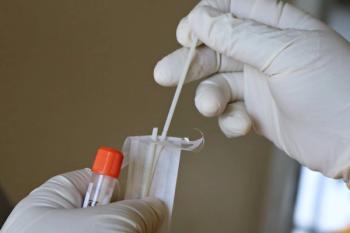
Non-white patients were deemed to be at a greater risk for reinfection.
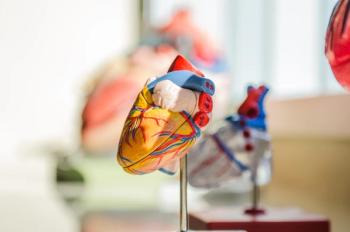
Heart disease was seen to increase odds of severe disease by nearly four-fold.
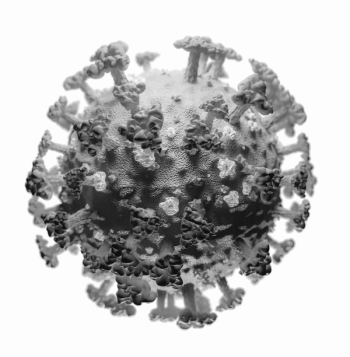

Five people in 4 US states in the 20-21 influenza season contracted influenza A virus variants commonly spread among pigs, but without person-to-person spread.

With the company reporting its data today and it applying for authorization with regulatory bodies internationally, and later this year with the US Food and Drug Administration (FDA), what does the prospect of this new vaccine mean to people in the US and internationally?
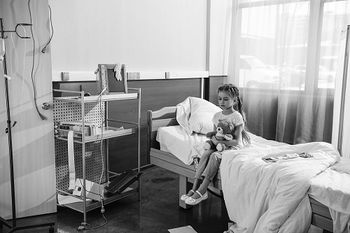
Pre-existing medical conditions as well as "medical complexity" increase risk for severe COVID-19 illness and hospitalization in children.
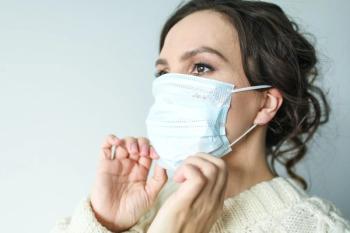
Poorly fitting masks can double the risk of infection for the wearer and those around them.
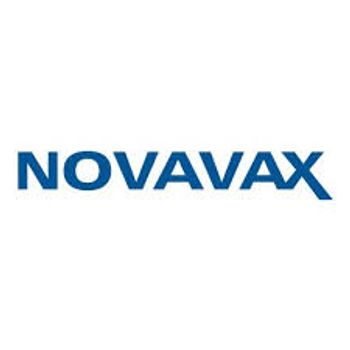
Experts suggest the vaccine, if regulated by the FDA, would benefit the US as a booster dose to combat waning immunity against emerging variants.
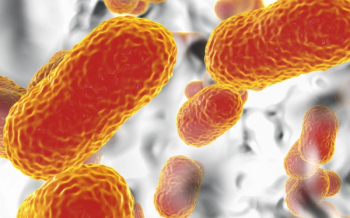

Cartesian Therapeutics has created its therapy, Descartes-30, the first RNA cell therapy for acute respiratory distress syndrome (ARDS), and the company is now recruiting for a clinical trial.

Individuals with the allele APOE E4/E4 were found to be more susceptible.

A Q&A surrounding the two technologies with investigators from the Wistar Institute.

The federal agency has asked Johnson & Johnson to discard its COVID-19 vaccine made at a plant in Baltimore.
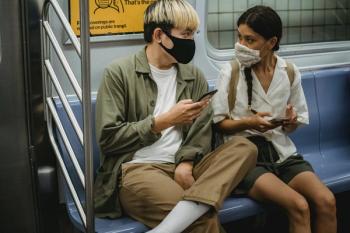
Cooler weather and higher population density were linked with higher transmission.
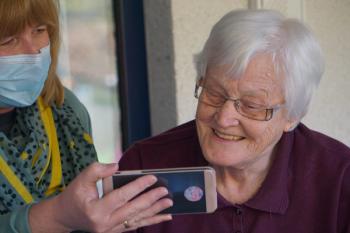
Compared to placebo, patients treated with bamlanivimab had reduced incidence of mild or worse COVID-19 infection.

The committee members discussed their concerns about having sufficient data to make an informed decision around the risk vs. benefits for looking at potential FDA approvals for vaccines in this population group.

Entry bans, travel bans and lock downs all helped to curb the spread of the virus.
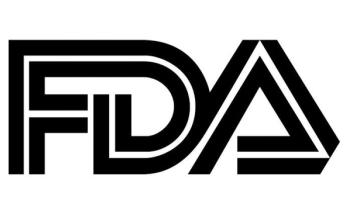
The extension changes the shelf life from 3 months to 4.5 months.

The company’s submission is for teens 12-17 years old and is based on data from its phase 2/3 trial studying its mRNA-1273 vaccine.
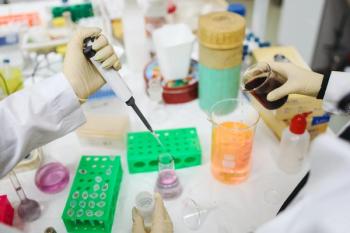
The therapy was associated with reduced mortality, cellular senescence and inflammatory markers.

Paratek’s omadacycline (Nuzyra) is granted approval for an oral-only dosing regimen in adults.

Rapid respiratory virus test results for children in an emergency department could be received too late to inform antibiotic prescribing.
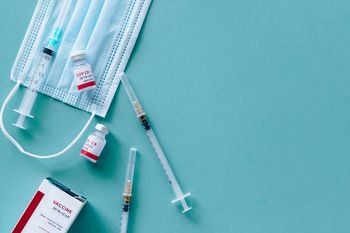
The agreement brings the total number of doses bought by the United States to 800 million.

The mutation, first identified in India, has been growing here and is disproportionately affecting younger people in the UK. The CDC and the Biden Administration continue to express the importance of vaccination as a way to combat the strain.
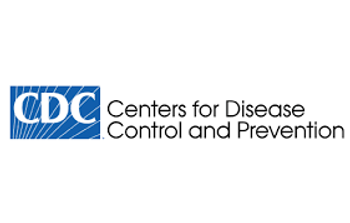
The public health agency eased travel recommendations for over 110 countries.

Diets consisting mainly of pants and fish were associated with lower chances of moderate to severe infections.